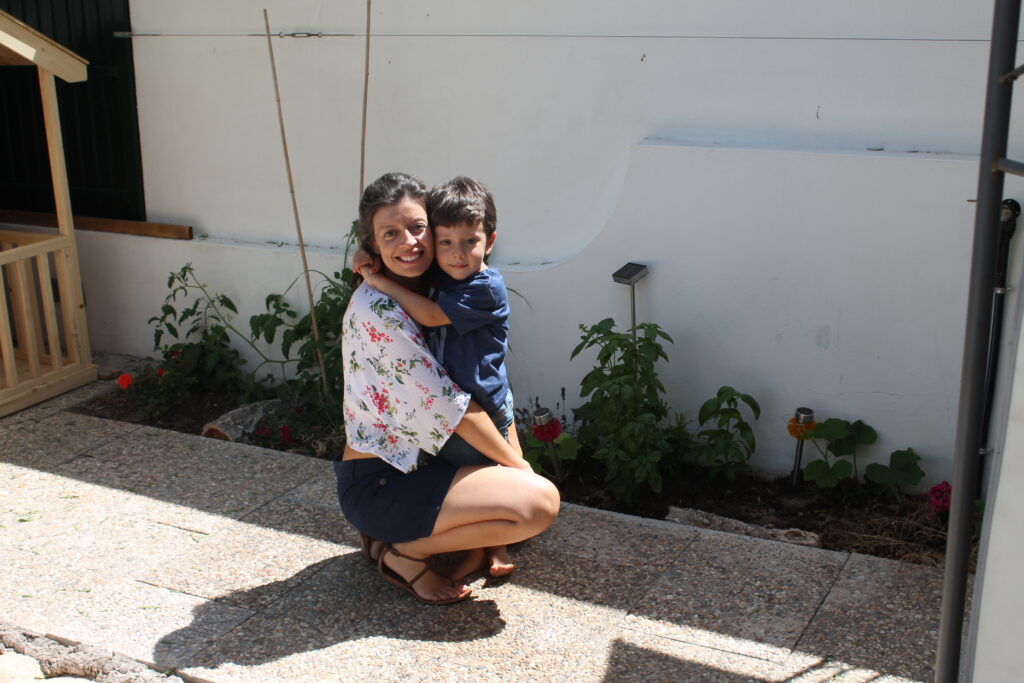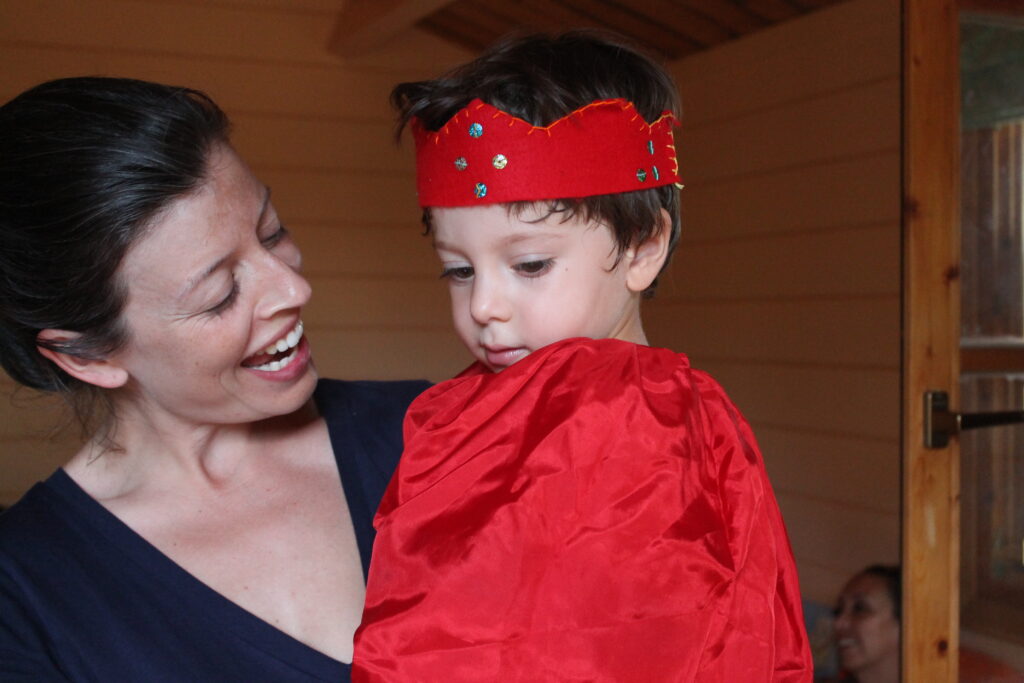Article 28 of the Convention on the Rights of the Child focuses on availability and access to education, including primary, secondary and higher education. It requires governments to make primary education compulsory and available free to all (article 28.1.a), to encourage the development of different forms of secondary education (article 28.1.b), as well as, to address attendance at schools and the reduction of drop-out rates (article 28.1.e) and to ensure that school discipline is administered in a manner consistent with the child’s human dignity (article 28.2). With the exception of article 28.2, which gives some insight as to how education should be delivered, article 28 aims to ensure that all children attend school and have at least basic education (primary school). This was reflected in the Millenium Agenda and several of the targets of SDG 4 Ensuring inclusive and equitable quality education and promoting lifelong learning opportunities for all, still cover the issues under article 28 as in the table below.
Target 4.1. By 2030, ensure that all girls and boys complete free, equitable and quality primary and secondary education leading to relevant and effective learning outcomes |
Target 4.5. By 2030, eliminate gender disparities in education and ensure equal access to all levels of education and vocational training for the vulnerable, including persons with disabilities, indigenous peoples and children in vulnerable situations |
Target 4.6. By 2030, ensure that all youth and a substantial proportion of adults, both men and women, achieve literacy and numeracy |
Article 28 was enshrined in the Convention on the Rights of the Child and adopted in 1989 however, over three decades later, many children around the world do not enjoy the right to education.
Global data from 2023 shows that the global number of out-of-school children has risen by 6 million since 2021 and that we are off-track to achieve the SDGs. Indeed, the data shows that there has been little or no progress concerning the various targets under SDG 4, which is very sad news. This also shows the lack of interest and investment by governments in ensuring children’s right to education. UNESCO reports that the increase in the number of out-of-school children is largely due to the education crisis in Afghanistan, but not only. Sub-Saharan Africa accounts for close to 30 % of all out-of-school children globally. 1 out of 5 African children or 19.7% are not attending school (1). Concerning progress made since 2015, the UNESCO 2023 Global Education Monitoring Report shows that between 2015 and 2021:
- “Out-of-school: The out-of-school population fell by just 9 million, while it increased in sub-Saharan Africa by 12 million. And new data for 2022 show that the out-of-school population increased in 2022 to 250 million, largely due to the exclusion of girls and the resulting education crisis in Afghanistan.
- Completion: The completion rate increased from 85% to 87% in primary education, 74% to 77% in lower secondary education and 54% to 59% in upper secondary education.
- Learning: The average progress observed in reading at the end of primary education was just 0.4 percentage points per year, although 52% of children live in countries where there are not enough data points to estimate learning trends.
- School infrastructure: The share of schools with electricity increased from 66% to 76% in primary education and from 88% to 90% in upper secondary education.”
Behind each data point is a child. Yes, we should be proud that we are making progress, but also remember that 24% of primary schools still have no electricity, that at least 13% of children globally are not completing primary education, which means that they will have little opportunities to find employment, housing and other opportunities to thrive.
Article 28 of the Convention recalls us that education is a basic right for all children and, therefore each and every single child should enjoy and benefit from a quality education.
(1) UNESCO (2023) Global Education Monitoring Report




